Hello fellow pilots! Hope you are more than okay. May you find good winds and better landscapes to soar and admire all that beauty from a bird’s view.
Drone Sense?
Today I wanted to talk about a very important spider-sense that some of us develop with time, others with accidents, and others with age. It’s like that sixth sense that tells you “maybe launching this expensive flying camera into the sky right now isn’t the brightest idea” – our own personal drone Spidey-sense minus the cool costume and web-shooters.
You want to know the worst part? Others never develop it. They’re like those horror movie characters who hear a strange noise in the basement and decide to investigate wearing only flip-flops and carrying a faulty flashlight.
How to get it?
This wisdom came to me with a mixture of drone crashes and aging. I have crashed 3 drones and had one flyaway with the original DJI Mini. And in each one of those cases, it could have been possible to avoid the loss. It’s like the drone gods were teaching me expensive lessons, one shattered propeller at a time.
In some cases, just looking at the winds, and in others checking a little more the drone before taking off. In one case in specific, I needed more practice time with the drone at low altitude and knowing how to handle it even better.
Side note: If you’re flying an Inspire 1 and it gives you a low battery warning, LAND. NOW. They don’t give second chances, ’cause they’re FAT. Remember how other drones when are low on battery and are doing automatic landing, if you press up on the left stick they will hover a little and avoid a certain death? Well, the Inspire 1 doesn’t give tips. He doesn’t believe in that. And if he’s going down, he’s trusting no one. He’s not taking hostages with him. It’s HIS way or THE HIGHWAY. The Inspire 1 is basically the drone equivalent of that friend who says “I’m leaving NOW” and actually means it, while most drones are like the friend who says that but can be convinced to stay for “just one more minute.”

Just a side note. Anyone here still flying Inspire 1s in 2025? If so, you deserve a medal made of whatever indestructible material your drone is apparently constructed from.
The really important thing here is not if I have this wisdom. It’s to know if you haven’t developed it yet and how necessary it is for you to use it at all times.
When was the last time you had a “bad feeling”?
Have you ever gone to a place, ready to fly and had a “bad feeling”? There it is. Warning you. It’s like that thing that dogs, cats, and some raccoons have just seconds before a huge bitcoin drop. Or when an earthquake is about to finish with the whole of humanity. And you have to start “listening” to it. It’s your internal drone safety officer waving red flags so frantically they could be mistaken for semaphore signals.
It’s not only common sense, it’s the mixture of knowledge with the fear of the unknown. Many people asked me if I was scared when I flew over the Devil’s Cauldron at night here in Ecuador. And to tell you the truth, I think I was less than 10% scared. There were some risks, and when there is any risk, you have to evaluate it and mitigate it. And then you fly with it.
You know that an accident can happen, but at the same time you know that you did all that you could to reduce the risk of the accident. I knew there were power lines. So I flew higher. I knew about the dangerous wind gusts, so I was checking way too much my artificial horizon and feeling when the drone moves too much in one direction or another. And last, I knew about the magnetic interferences of the place, and knew in advance that probably I had to fly in ATTI mode.
And when there were zero satellites to lock on my GPS, and had to fly in ATTI, I had practiced A LOT, especially with some FPV Drones, so it didn’t catch me off guard, not this time. If I hadn’t calculated and mitigated the risks, I should have been scared as someone waiting for their execution. Or in this particular case, my drone’s final flight.
This reminds me of the time I was hired to shoot a beachfront property during what seemed like a perfect day. Clear skies, minimal winds at ground level, client eager for those smooth aerial shots of his luxury villa. But something felt off. Call it drone intuition, call it experience, but as I unpacked my gear, that little voice kept whispering “not today.”
Despite the client’s insistence and my own desire to capture the perfect golden hour lighting on that magnificent property, I packed up and suggested we reschedule. Lo and behold, barely twenty minutes later, a freak coastal storm rolled in that would have guaranteed my drone a one-way ticket to the bottom of the ocean. The client, who had been annoyed at my “excessive caution,” suddenly viewed me as some kind of weather prophet. I didn’t mention my arthritis had been acting up – not as mystical as drone intuition, but equally reliable!
And it’s not only on a waterfall, at night, with no GPS. Sometimes a sunny day has strong winds at high altitude that you don’t have any idea are there until your drone flips and makes the ugliest freefall of your life. Those invisible air currents are like nature’s practical jokes – except nobody’s laughing when your $1,000+ equipment is plummeting toward Earth like it suddenly remembered about gravity.
Or maybe the danger is not up there, but close to the earth. We need to be aware of our surroundings and make our preflight study of the zone where we are going to take off. Trees aren’t just scenery – they’re drone magnets in disguise. And those innocent-looking power lines? They’re basically the aerial equivalent of those spike strips Police use to stop cars.

Safety first
Sometimes the hardest thing for passionate drone pilots is knowing when to keep our beloved flying cameras safely in their cases. It takes real maturity to drive hours to a location, set up all your gear, and then decide conditions aren’t right. But I’ve never regretted a flight I didn’t take nearly as much as some flights I did take.
Remember: the best drone pilots aren’t just skilled at flying – they’re masters at knowing when not to fly. Every time you choose safety over “the shot,” you’re making a deposit in your longevity account as a drone pilot. And TRUST me, compound interest on preserved equipment adds up!
What has been the best flight that you didn’t do? Let me know in the comments. I’m particularly interested in those moments when your drone Spidey-sense saved your beloved aircraft from certain doom!
Discover more from DroneXL.co
Subscribe to get the latest posts sent to your email.
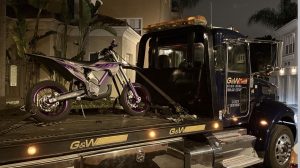
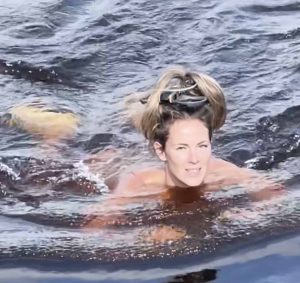
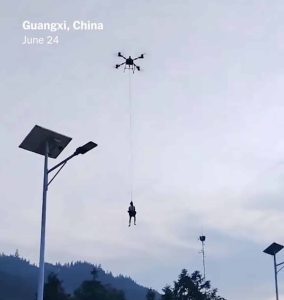
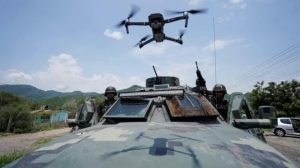

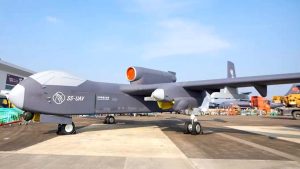
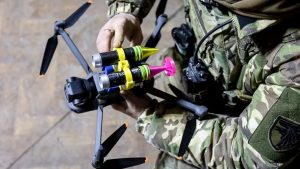

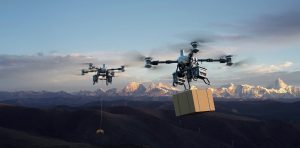
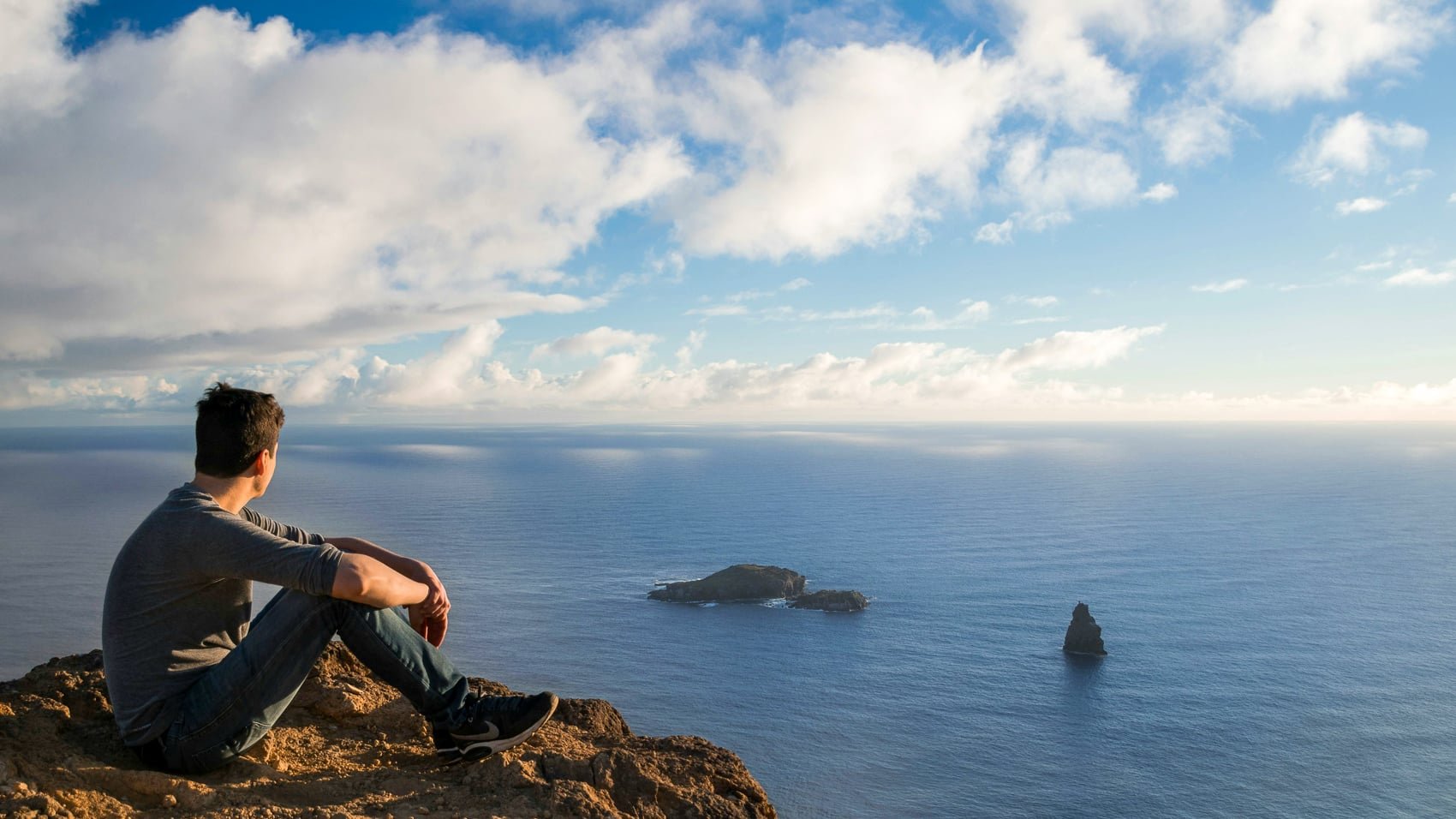
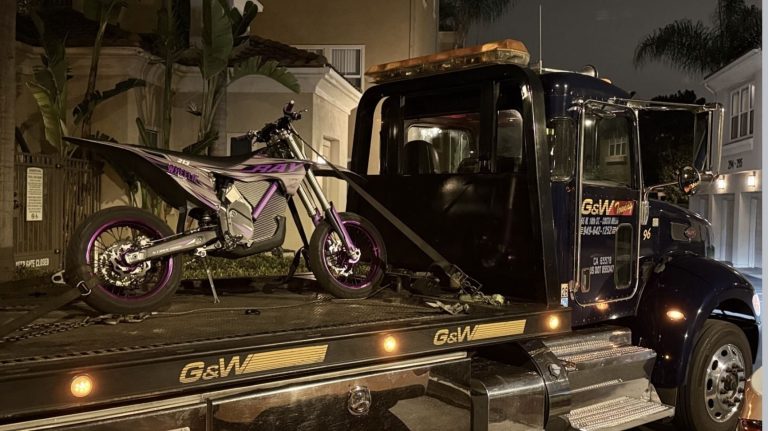
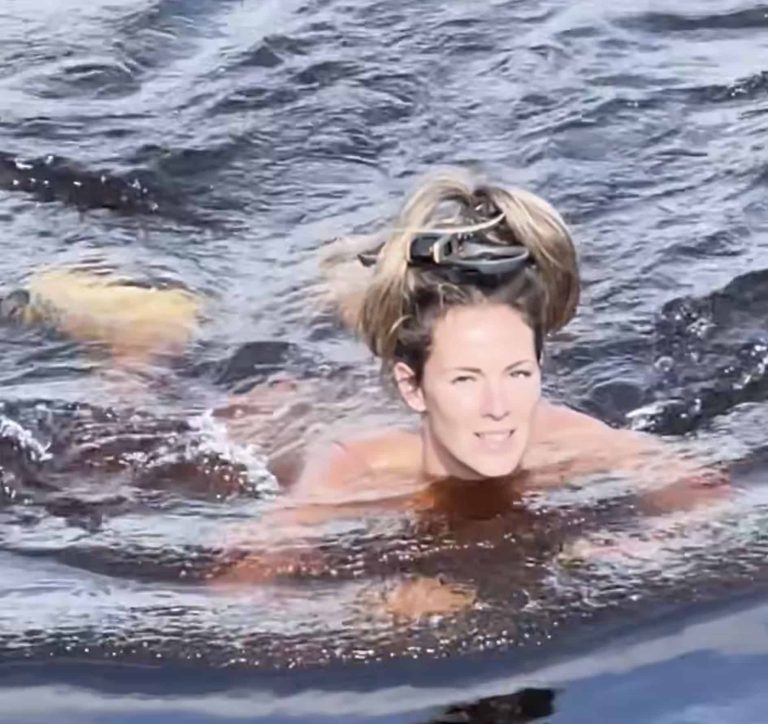
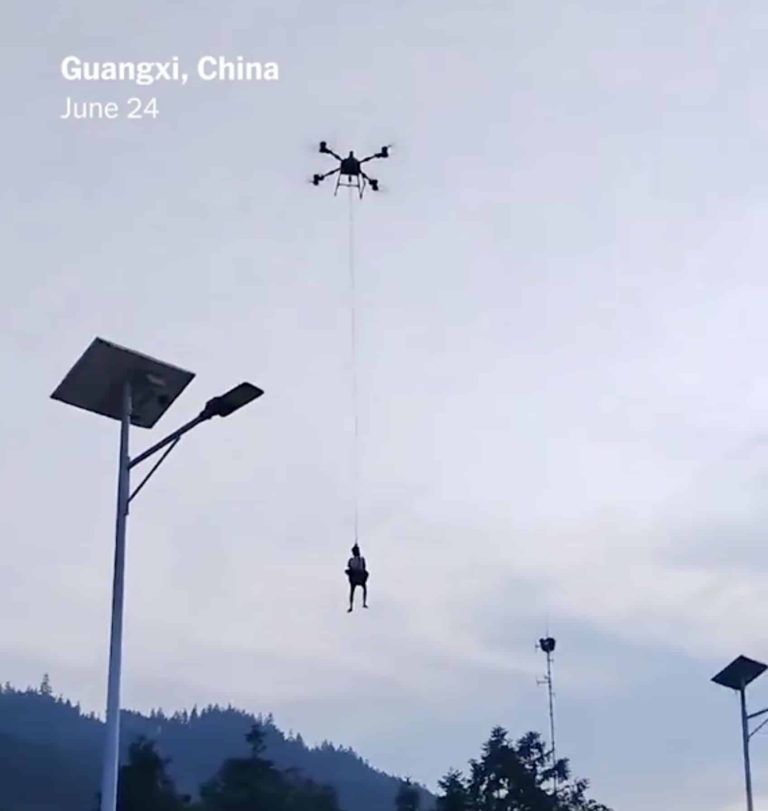

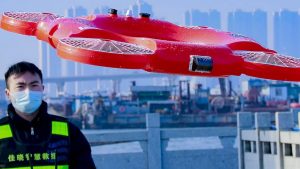
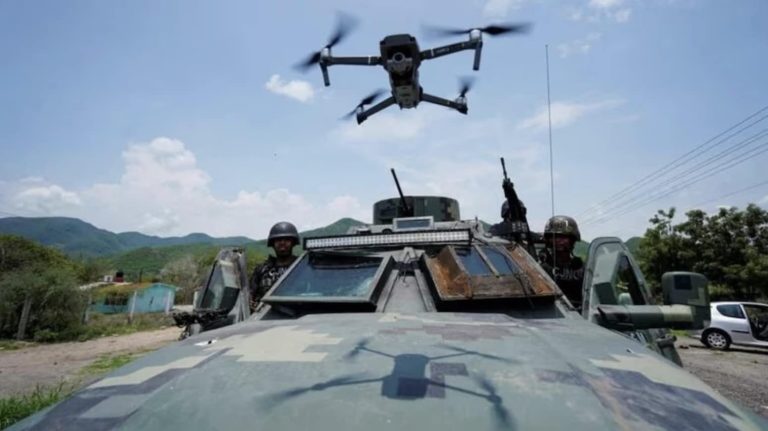

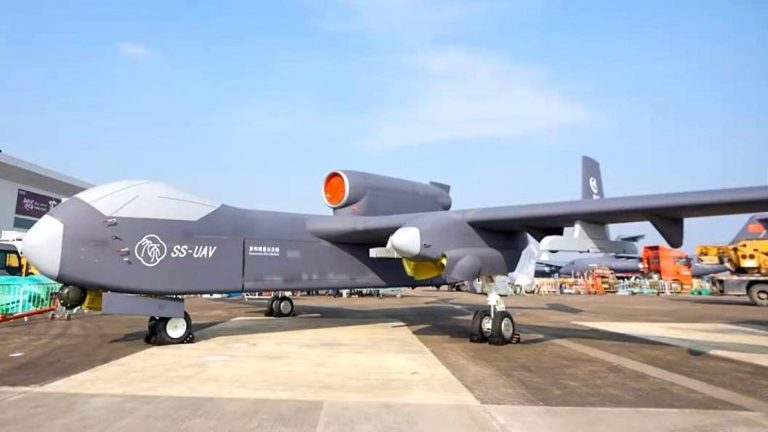


+ There are no comments
Add yours